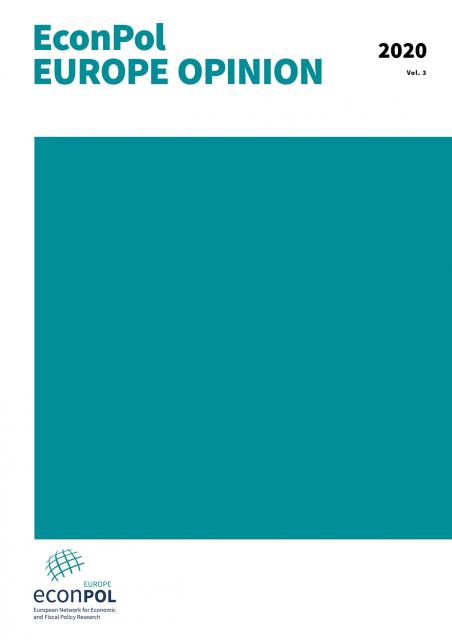
Auctioning Renewable Energy: How to Put a Price On It?
In September 2020, the European Commission set one of its key climate and energy targets as achieving a share of at least 32% for renewable energy over total energy consumed by 2030.
But despite such a large share up for grabs, the methods by which renewable energy is bought and sold are far from clear. Renewable energy auctions have been implemented globally; they’re currently taking place in most countries in Europe and beyond 100 countries around the world. But, says Natalia Fabra of EconPol Europe and Universidad Carlos III de Madrid, there’s no uniformity about the way the auctions are being run, with each country using their own system.
“Countries have committed to deploying renewables over the next two or three decades, and to do so they need a system of buying and selling energy that allows them to unlock the investments and comply with these targets,” she explains. “This instrument is auctions. But we still need to understand the best way to design such auctions to promote efficient investments, in the best locations, at the least cost for consumers. One size doesn’t fit all, and the best solutions are country specific.”
The term ‘renewable energy’ is a catch-all for electricity generated by natural means, such as sun, wind and biomass. The technology required to harvest this energy requires a significant amount of investment but, once up and running, the cost of producing energy is virtually free. While this might sound beneficial for the consumer, it makes things very difficult for providers.
“Unless prices are set before investments are made, competition among renewables will drive the prices at which they sell their output to levels that would not cover their costs,” explains Natalia. “This is what makes renewables auctions so compelling: they make investors compete before they have invested, driving prices to the level at which they just cover their costs, no more no less.”
An issue Natalia is particularly concerned about is the various technologies brought under the blanket term of ‘renewables’.
“Solar, wind or biomass have little in common other than their ability to produce carbon-free electricity,” she says. “Regulators have several options: they could run a specific auction just for solar projects or wind projects, or they could split it into auctions for mature technologies or non-mature technology, whose costs remain high but have a strong potential to go down in the future.”
But for consumers to celebrate the massive arrival of renewable energy, a key ingredient is needed: competition.
“To allow the smaller players to take part in the auctions, the issue of whether they will be shielded from future price risk is crucial, as that will determine whether they have access to capital to finance the investment,” says Natalia. “No-one would invest if they fear that there’ll be no return down the road. If you’re going to invest in a new technology, you need to know that the return will cover your costs and continue to bring you an income.”
Instead, Natalia says, auctions should be used to fix the price of selling freely produced energy once the investment is in place. “This allows bidders to assess the potential for future profits and to reduce their risks; particularly important for the smaller businesses, as it gives them financial outlooks to approach potential capital investors with. “This design element of auctions is crucial,” Natalia emphasizes.
With carbon reduction targets to meet, it’s a hotly debated topic and one which won’t be going away any time soon.
“Do we want to have wind competing against solar, or do we want to have wind competing against wind and solar against solar? Do we want multiple technologies auctions or single technology auctions? Economics can help us understand which of these two options is best in each case.
“But one way or another, renewable energy auctions are needed,” concludes Natalia.
“The question isn’t whether we should use them, but how we should use them.”
Natalia Fabra is the author of “Technology neutral versus technology specific procurement” (with Juan Pablo Montero). She will discuss her paper at the EconPol Europe conference on 26 November 2020, on the panel Novel Regulatory Approaches for Climate Change Mitigation, 10:50-12:20.
Natalia Fabra: "Auctioning Renewable Energy: How to Put a Price On It?", EconPol Opinion 37, November 2020